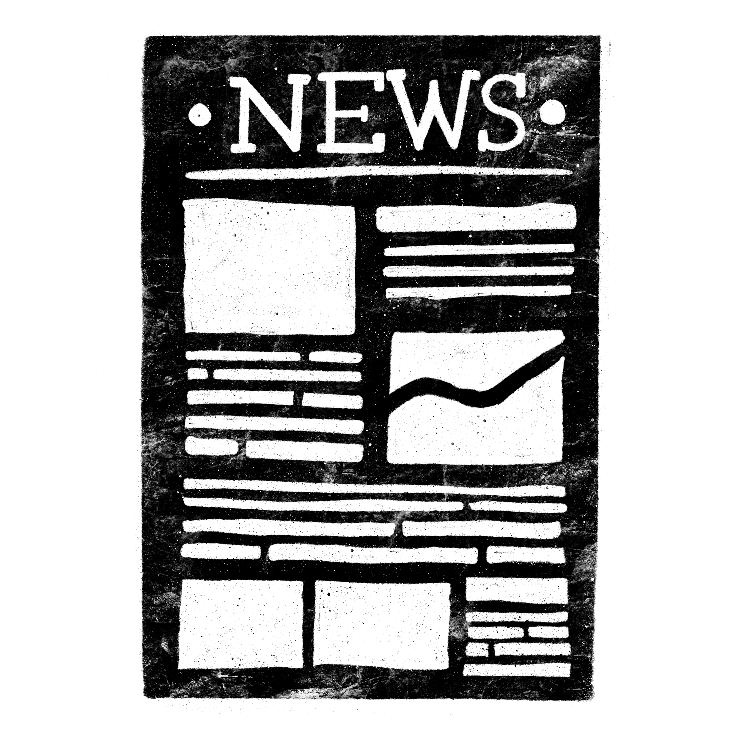Share
When Are Chiasms Admissible as Evidence?

Title
When Are Chiasms Admissible as Evidence?
Publication Type
Journal Article
Year of Publication
2010
Authors
Edwards, Boyd F. (Primary)
Secondary Authors
Edwards, W. Farrell (Primary)
Journal
BYU Studies Quarterly
Pagination
131-154
Volume
49
Issue
4
Share
Abstract
Since John Welch's discovery of chiasmus in the Book of Mormon in 1967, many critics have attempted to show how chiasmus appears in just about every type of literature, from Dr. Seuss to Strangite scripture. This article discusses the authors' statistical admissibility tests to verify whether a chiasmus in a work shows strong evidence of intentionality by the original author. Their results indicate that certain passages in the Old Testament and in the Book of Mormon show deliberate chiasmus, while Strangite scripture, the Doctrine and Covenants, nursery rhymes, Dr. Seuss, and other works are not intentionally chiastic.Subject Keywords
Strangite
Parallelism
Chiasmus
Structure
Hebraism
Evidence
Chiasm
Bibliographic Citation
Terms of use
Items in the BMC Archive are made publicly available for non-commercial, private use. Inclusion within the BMC Archive does not imply endorsement. Items do not represent the official views of The Church of Jesus Christ of Latter-day Saints or of Book of Mormon Central.